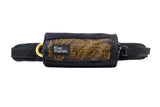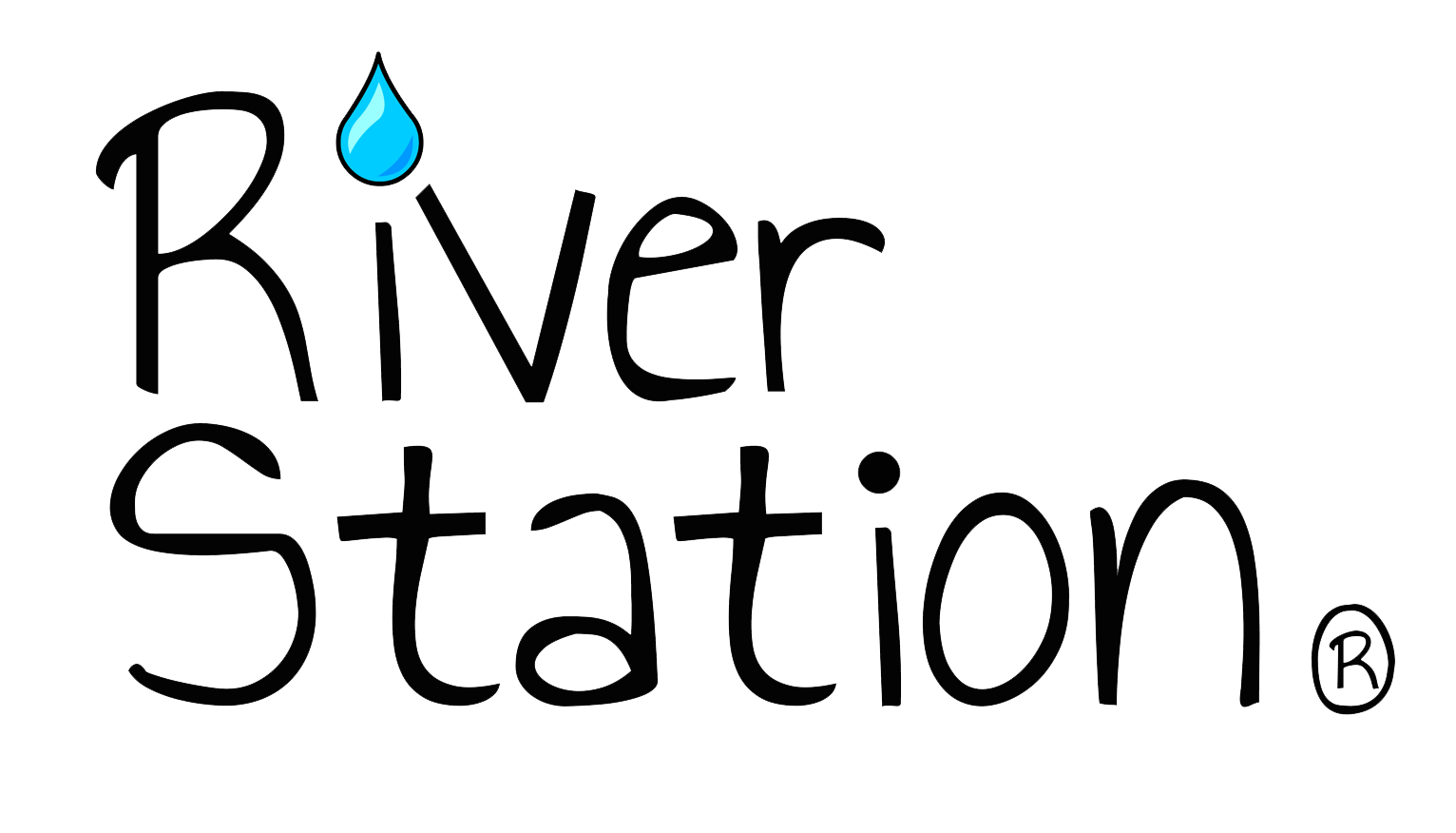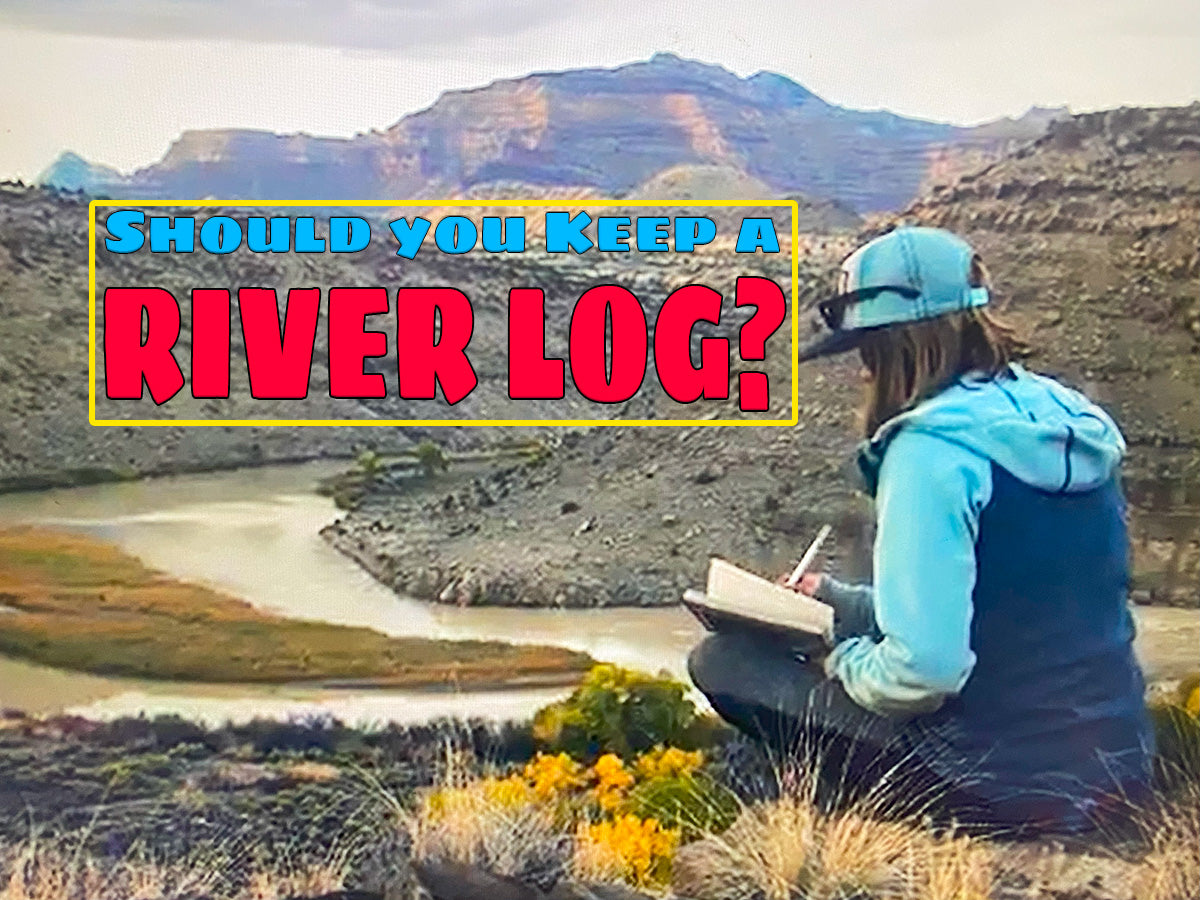The short answer: Absolutely, yes!
A river or ‘Captain’s log’ is just a list of the rivers you’ve run and maybe some interesting observations from the trip. And while that doesn’t sound like much, it can be your greatest tool as a whitewater guide or private boater.
Some states require river logs for commercial guides, including Colorado. But even in places that don’t, keeping a detailed log is a good idea. You never know when you might need to show a potential employer your river history. And a thorough guide log can save you from lawyers and State Park’s departments if, god forbid, something happens.

What Should Be in a River Log?
Obviously, a river log will include river and section information, especially if you work for an outfitter that runs multiple rivers or a variety of sections. Some guides like to keep track of the river and section with put-in and take-out information, and others use the name of the section itself.
So besides the obvious, what else should you keep in a whitewater river log? Here are a few ideas.
Mileage
Mileage is a big factor for many river guides. For example, in Colorado, a commercial guide cannot trip lead until they have 500 recorded miles, cannot guide Class IV until they reach at least 1000 miles, and won’t become a guide training instructor without 1500 miles. In other words, keep track of your mileage from every trip, even private trips.
Besides being necessary for qualification and legal purposes, recording your miles is rewarding on a personal level. Each milestone offers a sense of accomplishment, whether it’s 100 river miles in a season, a month, or a week.
Flows
The water level is one of the most important things you can record from each trip, and if you don’t already keep track of flow, you should! Some guides can keep track of what line opens or closes at which flow. If you can’t do this, write it down, especially your first few years on a new river.
Knowing what works at different levels is essential to keeping yourself and your guests safe. Plus, it can be reassuring to look back at your log and realize you’ve already seen a certain water level.
You can log data for water level in CFS, cumecs, gauge height, bridge height, or whatever works best for you and the river you’re running. Just make sure to keep it consistent for easy reference when you look back.
Boat Type
Boat type provides further useful information for staying safe on the river. If you got tossed around in a 13-footer, you’d want to remember that and make a change. Or if a creek boat felt too easy, find something smaller for your next run.
Some outfitters also require that guides keep track of rowed versus paddle-guided trips. If you ever want to show that you can run an oar rig, it’s a good idea to keep track of your rowed miles.

Additional Tidbits
The above will suffice for job applications. However, there are other things to record, some of which might be relevant to a River Manager and some of which are more useful to your personal record as a boater and guide.
Line
Writing down where you went and how it played out will help you remember where features are and how different water levels change them. It will make you a better guide. And it’s always fun re-visiting your mess-ups and moments of triumph during the dark winter months.
For instance, here’s a hilarious river log entry from my rookie season:
July 5, 2015
5 people
0 Swimmers
Salt Lick-Parkdale (8 miles) 2300 cfs
Should have had swimmers in Spikebuck. Hit Picnic sideways and Taylor’s. Was not T-ed up. Sh*tty lines, nearly swam myself. Close call. Not good.
The official Colorado State Parks data reads very differently for that trip, but this information serves a more personal purpose. Besides how your own line went, you can also keep track of other guides’ lines and learn from their mistakes.
Number of Guests
The number of guests per trip is not a state or outfitter-required piece of river logs information, but some guides like to keep track of how many people they’ve taken down the river, who else was guiding, or total trip numbers.
Guest numbers become more relevant when you also write down your swimmer numbers and your tips. With all three figures, you can calculate your swimmer percentage and average tip per person.
Number of Swimmers
The number of swimmers a guide has each season can be a touchy subject, but it’s always fun to have a track record and compare your numbers to other guides. While most guides try to keep this number down, some love the carnage.
Tips
Tallying up your tips will reveal some interesting trends. We worked with a guide who kept track of every tip and how the trip went. As you can imagine, his biggest tips were from trips where he had swimmers, confirming that carnage pays. A tip log might not help you make more, but it’s still fun to see a total at the end of the season.

Private Trip River Logs
Private river days and multi-day trips are also worth remembering, and a certain number of private miles can count toward your guide certification. For multi-days, our river logs include the above and a few other pieces of pertinent information.
Campsites
Remembering where you camped is a huge part of multi-day river journals. Even if you don’t think you’ll run a particular multi-day again, you can share your campsite information with other boaters. You can help future trips, yours or not, avoid lousy campsites or find the perfect spot.
We also recommend recording campsites as a way to track your miles per day. In the midst of a long trip, it's hard to keep track of the day of the week, much less how many miles you’ve traveled. But if you know your camping location, you can figure out the mileage.
Side hikes
Logging your side hikes is a must, especially if you think you’ll be back. Make a note of where the trail begins, what you saw along the way, and if you’d recommend it to future trips. Guidebooks are helpful, but they might not have all the details, and there’s nothing better than a first-hand account.
“Wish I Had” List
Along a multi-day, you will discover things you wish you had, like a Thermos with a closing lid, a hot water bottle, or a deck of cards. We suggest writing these things down as they occur to you. Then, when it’s time to pack a dry bag for your next trip, you can check your river log and be sure you have everything you need.

Write On!
Whether you’re a private boater, multi-day guide, or park-and-play enthusiast, you should keep a river log. It will come in handy for planning future trips, adapting to water level, and staying safe on the river.
And it doesn’t matter how or where you write things down. It could be a spreadsheet, a battered old journal, a google drive document, or a note in your phone.
What’s in your river log? Let us know in the comments below, and don’t forget to share this article with a fellow river runner.
By: Megan McPartland





Share:
7 Things To Keep in Your Rafting Dry Bag
Stand-Up Paddleboarding: From Flatwater to Waterfalls